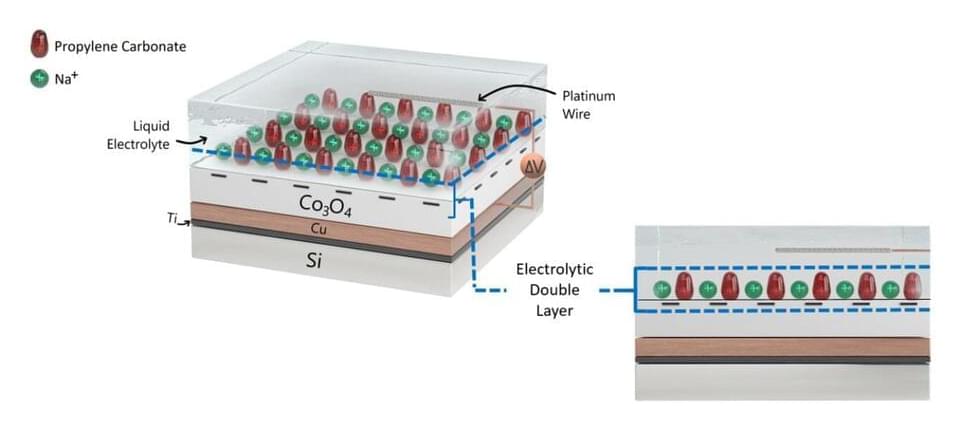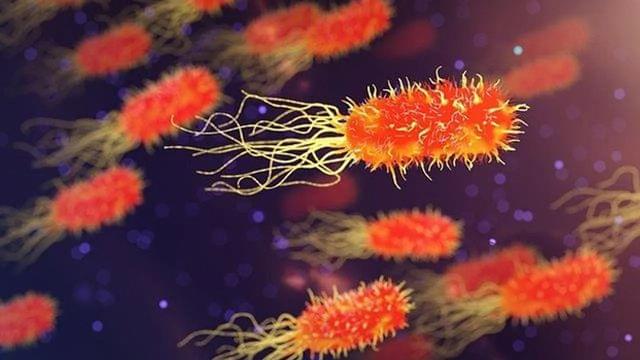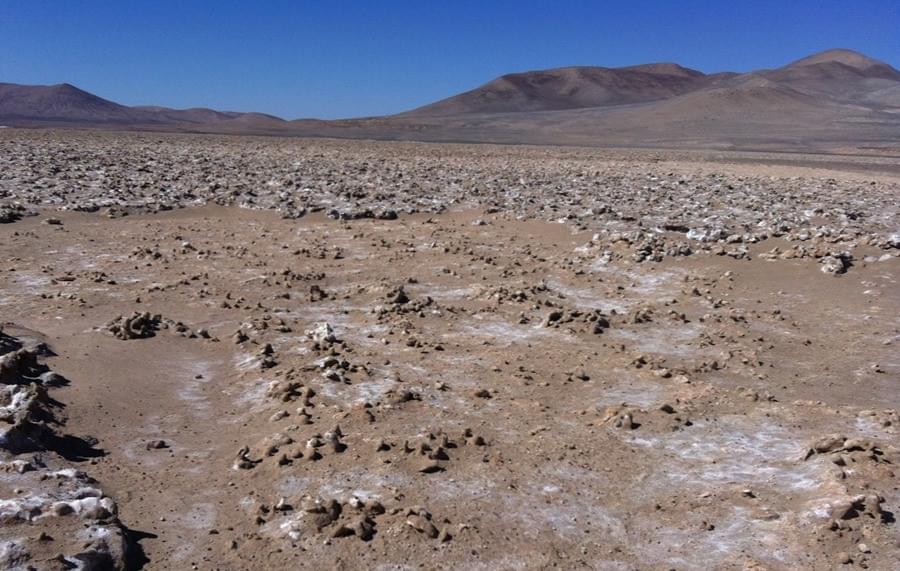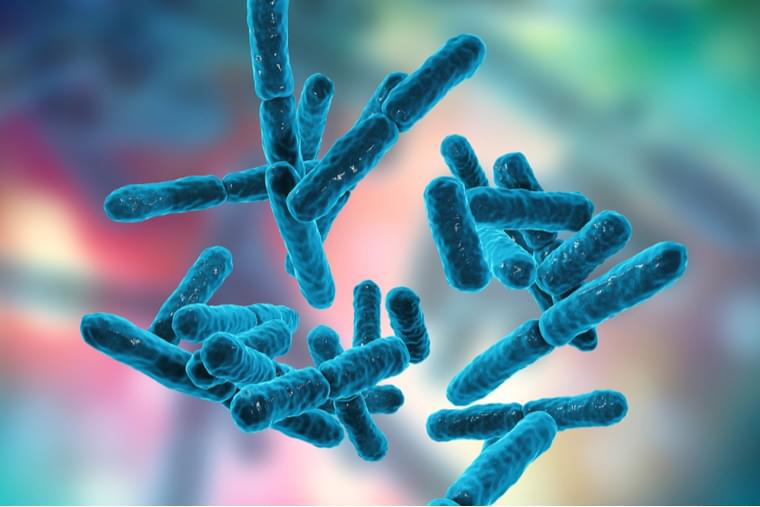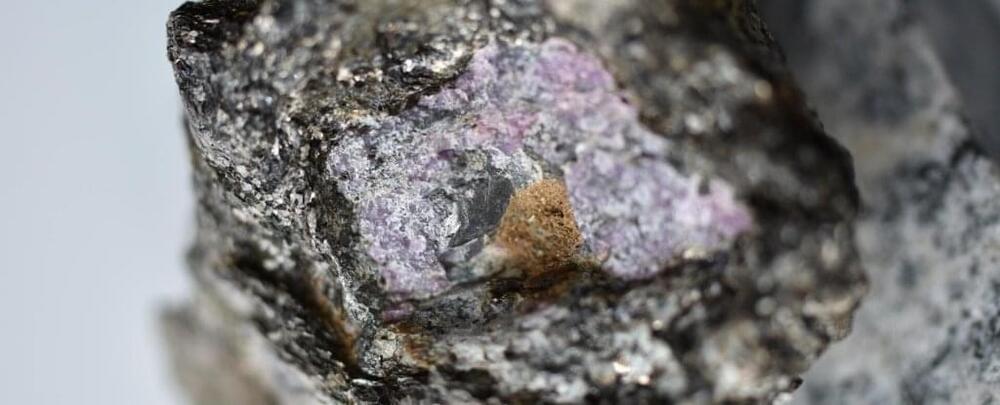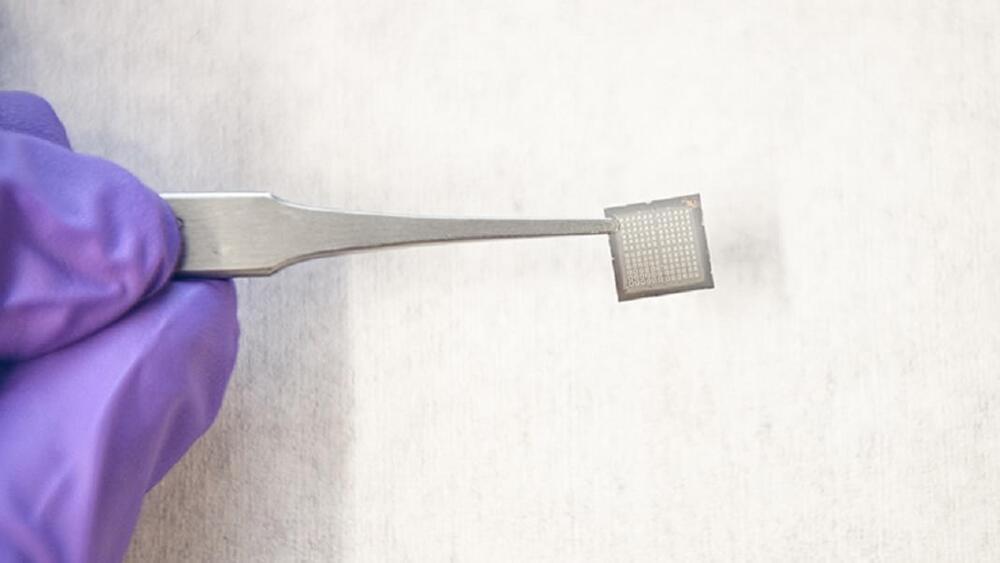Feb 22, 2022
Researchers use magnetic systems to artificially reproduce the learning and forgetting functions of the brain
Posted by Dan Kummer in categories: biological, information science, nanotechnology, robotics/AI
With the advent of Big Data, current computational architectures are proving to be insufficient. Difficulties in decreasing transistors’ size, large power consumption and limited operating speeds make neuromorphic computing a promising alternative.
Neuromorphic computing, a new brain-inspired computation paradigm, reproduces the activity of biological synapses by using artificial neural networks. Such devices work as a system of switches, so that the ON position corresponds to the information retention or “learning,” while the OFF position corresponds to the information deletion or “forgetting.”
In a recent publication, scientists from the Universitat Autònoma de Barcelona (UAB), the CNR-SPIN (Italy), the Catalan Institute of Nanoscience and Nanotechnology (ICN2), the Institute of Micro and Nanotechnology (IMN-CNM-CSIC) and the ALBA Synchrotron have explored the emulation of artificial synapses using new advanced material devices. The project was led by Serra Húnter Fellow Enric Menéndez and ICREA researcher Jordi Sort, both at the Department of Physics of the UAB, and is part of Sofia Martins Ph.D. thesis.
